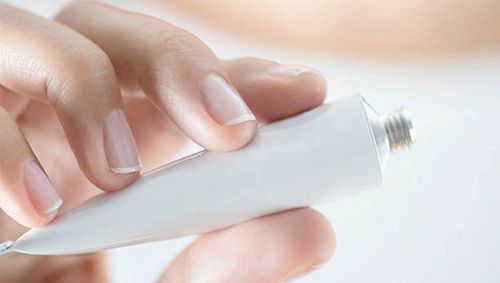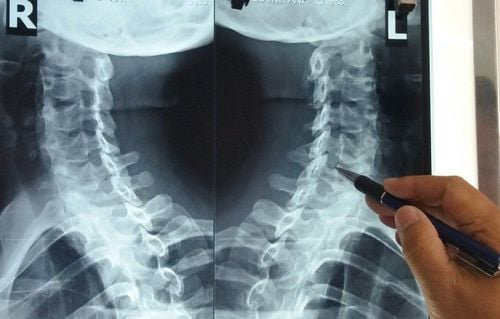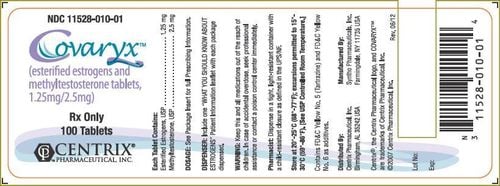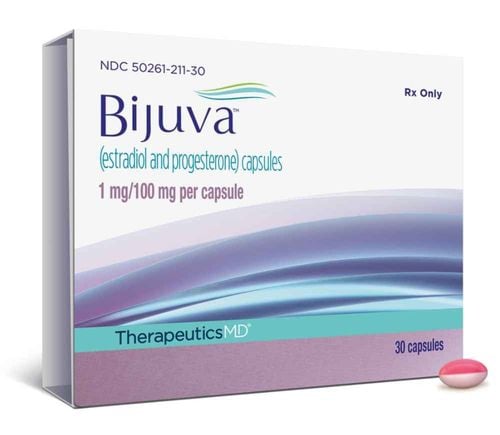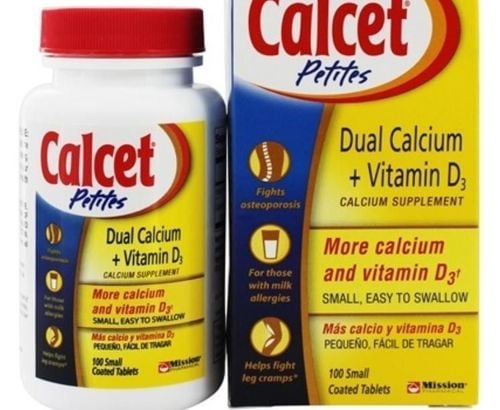This is an automatically translated article.
The article was consulted with Specialist Doctor II Pham Thi Tuyet Mai - Obstetrician and Gynecologist - Department of Obstetrics and Gynecology - Vinmec Hai Phong International General Hospital.Perimenopause is a time when the body transforms its reproductive functions for a woman. It is important to understand this change and find ways to adapt to it.
1. Postmenopausal women with osteoporosis due to vitamin D deficiency
Vitamin D helps keep bones strong and prevents cancer, especially colon cancer. When the body is deficient in vitamin D, it will reduce the absorption of calcium and phosphorus in food, leading to a decrease in the amount of calcium and phosphorus in the blood, and the bones easily become porous and brittle. Especially women in perimenopause and menopause are prone to osteoporosis and osteomalacia.1.1. Common types of osteoporosis Primary osteoporosis (type 1) Appears more than 5 years after menopause, also called postmenopausal osteoporosis. During the first 5-10 years of menopause, the rate of bone loss can be as much as 2-4% of bone mass per year. This osteoporosis is characterized by bone loss mainly in cancellous bone and often causes depression of the vertebrae, fracture of the lower end of the radial bone.
Postmenopausal osteoporosis also causes decreased parathyroid hormone secretion, increased renal calcium secretion, decreased vitamin D3 activity leading to decreased absorption of calcium in the intestine.
Primary osteoporosis (type 2) Age-related, occurs twice as often in women as in men, is a consequence of slow bone loss over several decades, the main manifestation is femoral neck fractures, subsidence fractures Damaged vertebrae appear uniformly on both solid (cortical) as well as cancellous (trabe) bone. This type of osteoporosis is associated with two important factors: reduced calcium absorption, decreased osteoblast function, leading to secondary hyperparathyroidism.
Secondary osteoporosis is found in both sexes and is usually the result of a number of diseases that affect bone mineral metabolism.
The above symptoms lead to a series of serious diseases such as: spinal pain, spinal deformity, even leading to natural fractures.
2. Vitamin D supplements for menopausal women
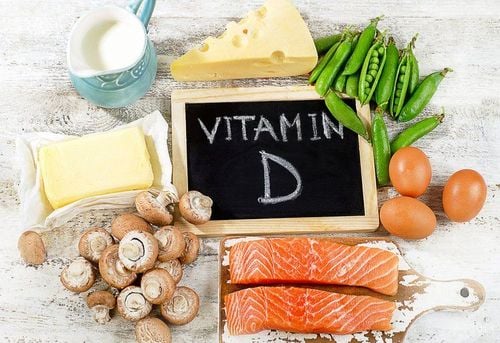
Treatment of osteoporosis includes measures such as: anti-inflammatory drugs, appropriate physical exercise (especially maintaining body weight). , back straight exercise, abdominal exercises), fall prevention when walking, reasonable diet, reduce or stop risk factors, use orthopedic back brace, use appropriate medication.
2.1. Occupational therapy Inactivity, especially the patient is immobilized in bed. But avoid complete immobility. It is necessary to passively and actively move the limbs to maintain movement of joints and muscles, and prevent complications from lying down for a long time.
2.2. Diet The diet needs to provide enough energy and enough calcium. (Foods rich in calcium are shrimp, crab, eggs, milk...). In possible conditions, every day should drink 1/4 liter of fresh milk or 2 boxes of yogurt.
The recommended daily intake of vitamin D is 600 IU/day, but should be increased to 800 IU/day in people 71 years of age and older. Postmenopausal women can obtain the necessary amount of vitamin D through 15 minutes of bright sunlight, 3 to 4 times a week regularly. Consuming foods rich in vitamin D does not provide the necessary amount of vitamin D.
Use Vitamin D2 (ergocalciferol) or vitamin D3 (cholecalciferol) depending on the dose used and with kidney disease or other accompanying diseases that it is necessary to monitor the amount of vitamin D in the blood.
Summary of recommendations:
Healthy postmenopausal women can synthesize the necessary amount of vitamin D by themselves by 15 minutes of sunlight a day, 3-4 times a week or taking vitamin D 800 to 1000 IU/ day. To achieve the necessary vitamin D levels, women with vitamin D deficiency may need supplemental doses of up to 4000 to 10,000 IU/day. Obese women with medical conditions, before and after gastrointestinal bypass surgery, malabsorption syndromes, and/or liver and kidney disease. Women with vitamin D deficiency, osteoporosis, and/or a history of unexpected fractures should receive appropriate vitamin D levels and bone-conserving therapies. If there are no risk factors for low blood levels of vitamin D, the dose of vitamin D provided can be 800 to 1200 IU/day. The effects and effects of vitamin D deficiency on the body are very clear. However, how to supplement the amount of vitamin D properly and in the right dose for the body is not known to everyone. The daily dose of vitamin D needed by the body is 3,000 - 5,000 IU, for people over 70 years old, the amount of vitamin D needed is only about 800 IU.
2.3. Egg Yolk Egg yolk contains a fairly high amount of nutrients, including a very rich amount of vitamin D. Therefore, eating egg yolks is an extremely convenient way to naturally supplement vitamin D. But you should not eat too many eggs because eggs also contain cholesterol and are not good for heart health if you eat too much, you should eat eggs every other day or every 2 days.
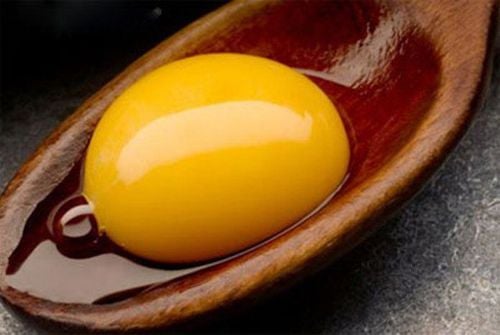
2.5. Shiitake Mushroom A mushroom with a characteristic flavor and very delicious, in them also contain a rich amount of natural vitamin D that can provide the body. Shiitake mushrooms when exposed to ultraviolet light can also produce more vitamin D, making them very popular. Each 100g of dried shiitake contains 12-14g of protein and it also contains the highest vitamin D content in nature. Shiitake mushrooms are especially effective as a vitamin D supplement for young children, helping to better absorb calcium, strong bones and teeth.
2.6. Sunlight Every day, let's spend about 10-15 minutes for outdoor sports or sun exposure to have the conditions to produce vitamin D. It is recommended to sunbathe in the early morning or late afternoon when it's sunny. already calm, avoid sunbathing at noon.
Please dial HOTLINE for more information or register for an appointment HERE. Download MyVinmec app to make appointments faster and to manage your bookings easily.





